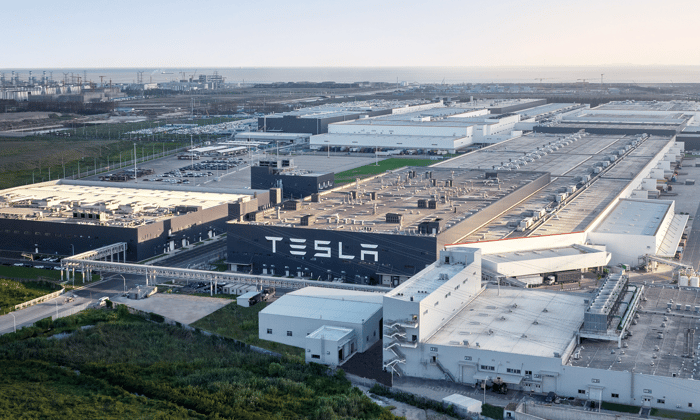Electric vehicle (EV) maker Tesla ( TSLA 2.25%) rose to prominence and wealth following the debut of its Model S in 2012. This car not only propelled the company forward but also energized the entire EV industry.
The Model S redefined expectations for electric vehicles. With features like extended range and autonomous driving, it shifted public opinion about what EVs could offer. At the time, I saw it as revolutionary, which led me to purchase both the car and Tesla shares.
Today, Tesla is striving to replicate the Model S's impact, but this time with a new kind of vehicle: an autonomous one. While artificial intelligence is a key component, the company's next major milestone goes beyond AI. Tesla refers to this vision as "sustainable abundance."

Image source: Tesla.
What does "sustainable abundance" mean for Tesla?
Tesla occasionally releases a master plan outlining its long-term ambitions. In the most recent edition, the company shared its outlook, saying, "This next chapter in Tesla's story will help create a world we've only just begun to imagine and will do so at a scale that we have yet to see."
Tesla envisions a future where technology is leveraged responsibly to generate limitless prosperity for everyone, a concept it calls "sustainable abundance." While the idea is attractive, the question remains: how can it be realized in practice?
To move toward this goal, Tesla stated, "We are building the products and services that bring AI into the physical world." One such initiative is its robotaxi service, which began as a pilot in Austin in June.
This pilot utilizes adapted Model Y vehicles initially. Over time, Tesla aims to develop a fully autonomous car without a steering wheel, known as the Cybercab.
The company intends to manufacture a fleet of Cybercabs in 2026 using its novel "unboxed" production approach. This method relies on multiple modular assembly lines instead of a single, sequential process.
How Tesla is realizing its long-term strategy
Autonomous vehicles are just the start. Tesla is also developing AI-powered humanoid robots. The plan is for these robots to handle hazardous or repetitive tasks, giving people more freedom to focus on fulfilling activities.
Another key element of Tesla's vision is sustainability, which is where its solar energy division comes in. This segment achieved an impressive 67% year-over-year revenue increase in 2024, adding $10.1 billion to the company's $97.7 billion total. However, in the first half of 2025, growth slowed, with revenue reaching $5.5 billion versus $4.6 billion the previous year.
Clearly, Tesla's ambitious plans will take years to fulfill, and 2025 presented several challenges. The company's results were impacted by broader economic issues, including tariffs and a decline in popularity linked to the controversial actions of CEO Elon Musk.
Nevertheless, Tesla set new records for vehicle deliveries and energy storage deployments in the third quarter, likely driven by customers hurrying to benefit from federal EV tax credits before they expired in September. Comprehensive financial results will be announced on Oct. 22, when the Q3 earnings report is released.
Should you consider buying Tesla stock now?
The launch of the Model S proved Tesla's capability to innovate and achieve what many thought impossible. The "sustainable abundance" initiative is even more daring, but the company may once again pull off a breakthrough similar to the Model S.
Tesla's vision of a future filled with AI, self-driving cars, and humanoid robots could transform society. However, the company must first make significant progress with its robotaxi initiative.
If this endeavor succeeds, Tesla's stock could surge. In fact, the share price has climbed about 80% in the past year as of Oct. 8. However, this has also driven its valuation much higher.
The following chart illustrates Tesla's price-to-earnings (P/E) ratio, which measures how much investors are willing to pay for each dollar of earnings over the past year, showing that it's higher in October than at any point in the previous year.
Data by YCharts .
With a P/E ratio near 250, Tesla shares are trading at a premium. This lofty valuation introduces risk for those considering an investment at this time.
If you have confidence in Tesla's ambitions and believe it can succeed with its robotaxi and robotics projects, the wise strategy may be to wait for a price pullback before buying shares.